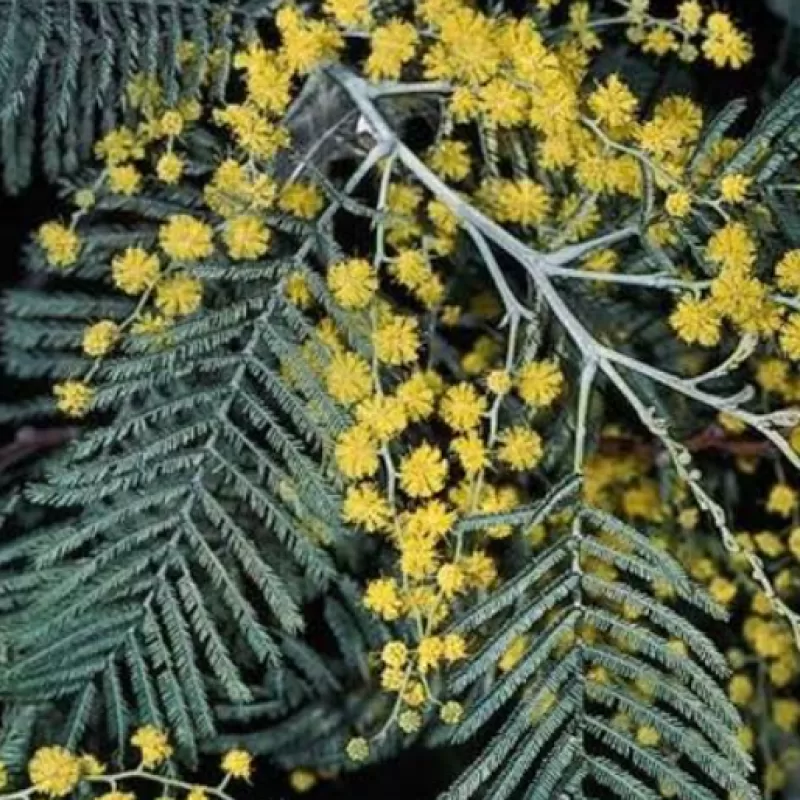| Height |
5.0m - 30.0m (500-3000cm) |
| Flowers |
Bright yellow, prolific. Globular flower heads in racemes or panicles. |
| Fruit |
Seed pods |
| Municipalities |
Small to medium tree with growth varying with conditions |
| Communities |
Dry Eucalypt Forest and Woodland; Riparian; Wet Eucalypt Forest |
| Habitat Notes |
Tolerates a wide range of soils, except poorly drained or permanently wet soils. Best growth on moist, fertile sites. Tolerates strong winds, frost and snow. |
| Site Tolerance |
Dry; Exposed; Moist; Rocky; Windy |
| Frost Tolerance |
Hardy |
| Soil Tolerance |
Clay; Fertile; Loam; Poor; Sandy; Well-drained |
| General Notes |
A hardy, widespread species. Very fast growing. Pioneer species, good "nurse" plant to shelter other species. Fixes nitrogen. Fire retardant. Prone to attack by gall rusts, caterpillars and borers. Foliage is palatable to stock. Used for cut flower and foliage industry. Timber used for furniture, pulp. Bark tannin can be used for tanning. Fast-burning firewood, but poor fuel compared to other wattles. Establishes well from direct seeding. Natural regeneration common from seed or suckers. Excellent wildlife habitat. Susceptible to browsing by hares and rabbits. Koori (mainland) use: The wood was used for the handles of stone axes, with the gum used to fasten the head to the handle. The gum was eaten, or dissolved in water with nectar to make a sweet drink.Resistant to Phytophthora cinnamomi. Not suitable below powerlines. |


